
| Technical Reports | Work Products | Research Abstracts | Historical Collections |
![]()

|
Research
Abstracts - 2006
|
CarTel: A Mobile Sensor Computing SystemHari Balakrishnan, Samuel Madden, Vladimir Bychkovsky, Kevin Chen, Waseem Daher, Michel Goraczko, Hongyi Hu, Bret Hull, Allen Miu & Eugene ShihProject OverviewOver the past few years, impressive advances in wireless networking and embedded computing have led to the "first generation" of wireless sensor networks [1,2]. In general, these are for monitoring or tracking applications characterized by low data rates and static deployments. We believe that the "second generation" will include mobile sensor networks and high data-rate sensor networks. With hundreds of millions of vehicles and over a billion cell phone-equipped people in the world, cars and humans may turn out to be the carriers of the world's largest and most dynamic sensor networks in the coming years. How does one combine wireless network protocols and data management software in a world where sensors are mobile (e.g., on cars), collect media-rich sensor data from a variety of sensors (e.g., cameras, vibration sensors, On-Board Diagnostic (OBD-II) data from the car's internal sensor network, Wi-Fi and cellular network monitors, etc.) and may only be intermittently connected to servers on the Internet? The CarTel project is investigating these questions by designing, building, and deploying real-world mobile sensor network systems. Our primary (and current) focus is on automotive applications, which include:
CarTel ObjectivesThe CarTel project has three research thrusts:
CafNet and CarTelDB are described in more detail in accompanying research abstracts. Initial ProgressOur initial efforts have focused on deploying a small number of remote nodes in vehicles and building a portal prototype. Pictured below is the hardware that we install in each car. This includes placing a small, embedded Linux computer equipped with a variety of sensors, including GPS, and a Wi-Fi network interface in the trunks of our deployment vehicles. We also have a connection to the car's standard on-board diagnostic (OBD) interface to monitor engine performance. As these cars drive around they collect sensor data and buffer it using CarTelDB until CafNet finds a data delivery "conduit" (such as Wi-Fi) to forward data over. 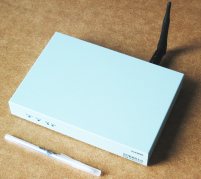
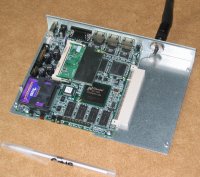
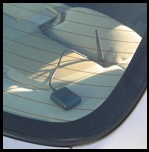 All sensor data is collected and archived at a central server and exposed to the user through the CarTel AutoPortal. The screen shots below show a prototype interface that allows users to view routes they have taken. Each route has "data overlays" that correspond to the sensor data being collect by the remote nodes. For example, users can overlay engine performance metrics on these routes to visualize changes as a function of time and geography. 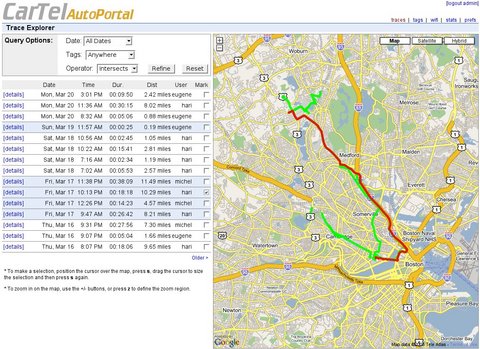
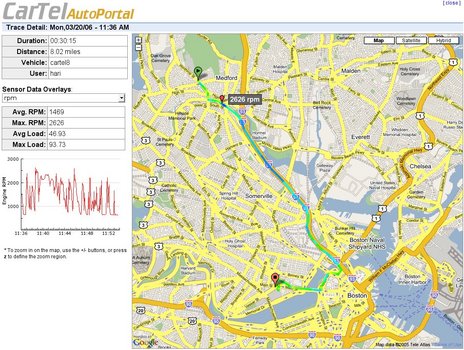
For more details, see the CarTel site. Related WorkThe CarTel mobile sensor computing system builds on ideas from many research areas. There has been much written about deploying sensor systems for environmental monitoring and data collection [1,2]. For the most part, these systems are focused on low-data rate sensing and power management issues. In the area of query processing, our system extends many of the ideas pioneered in such continuous query engines as [3,4,5]. However, unlike most traditional systems, CarTelDB pushes into new areas by treating intermittent connectivity as a fundamental property of the system that must be exploited rather than masked or considered a failure. In the area of networking, there have been several proposals for delay tolerant network stacks including [6]. In addition, there has been some initial work that explores sending data in a mobile context using opportunistic Wi-Fi [7] as well as through occasionally connected data mules [8]. CafNet applies and extends these ideas using a novel application programming interface and works over a variety of networking technologies. References:[1] G. Tolle, et al. A macroscope in the redwoods. In SenSys, 2005. [2] N. Xu, et al. A wireless sensor network for structural monitoring. In SenSys, 2004. [3] D. J. Abadi, Y. Ahmad, M. Balazinska, U. Cetintemel, M. Cherniack, J.-H. Hwang, W. Lindner, A. Maskey, N. Tatbul, Y. Xing, and S. Zdonik. Design issues for second generation stream processing engines. In Proc. of the Conference for Innovative Database Research (CIDR), Asilomar, CA, Jan. 2005. [4] M. Balazinska, H. Balakrishnan, S. Madden, and M. Stonebraker. Fault-tolerance in the borealis distributed stream processing system. In Proc. of the 2005 ACM SIGMOD International Conference on Management of Data, pages 13-24, Baltimore, MD, 2005. [5] S. Chandrasekaran, O. Cooper, A. Deshpande, M. J. Franklin, J. M. Hellerstein, W. Hong, S. Krishnamurthy, S. R. Madden, V. Raman, F. Reiss, and M. A. Shah. TelegraphCQ: Continuous dataflow processing for an uncertain world. In Proceedings of First Annual Conference on Innovative Database Research (CIDR), 2003. [6] K. Fall. A Delay Tolerant Networking Architecture for Challenged Internets. Proc. SIGCOMM 2003, Aug. 2003 [7] J. Ott and D. Kutscher. Drive-thru Internet: IEEE 802.11b for Automobile Users. In Proc. IEEE INFO- COM, Hong Kong, March 2004. [8] P.Juang, H.Oki, Y.Wang, M.Martonosi, L.S.Peh, and D.Rubenstein. Energy-Efficient Computing for Wildlife Tracking: Design Tradeoffs and Early Experiences with ZebraNet. Proceedings of ASPLOS-X, San Jose, October 2002. AcknowledgmentsThis work is funded in part by Quanta Corporation and by the National Science Foundation under Award Number CNS-0205445. |
||||
|